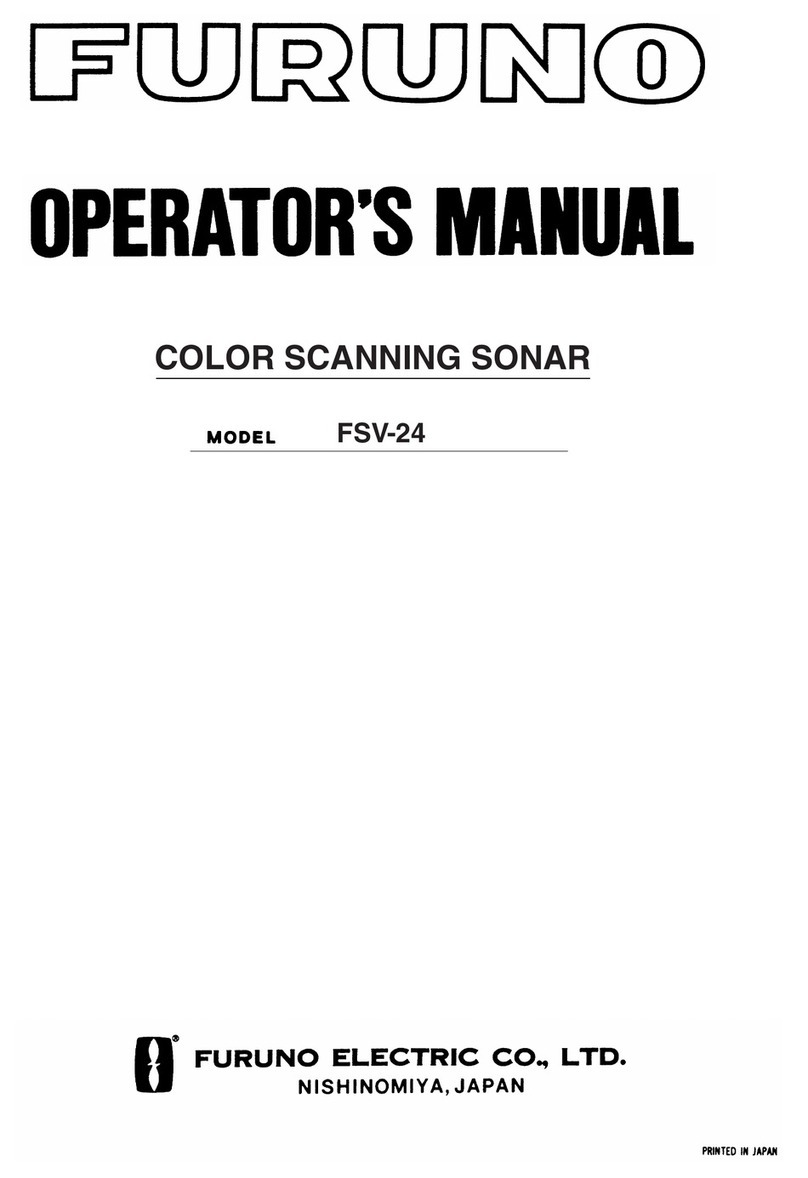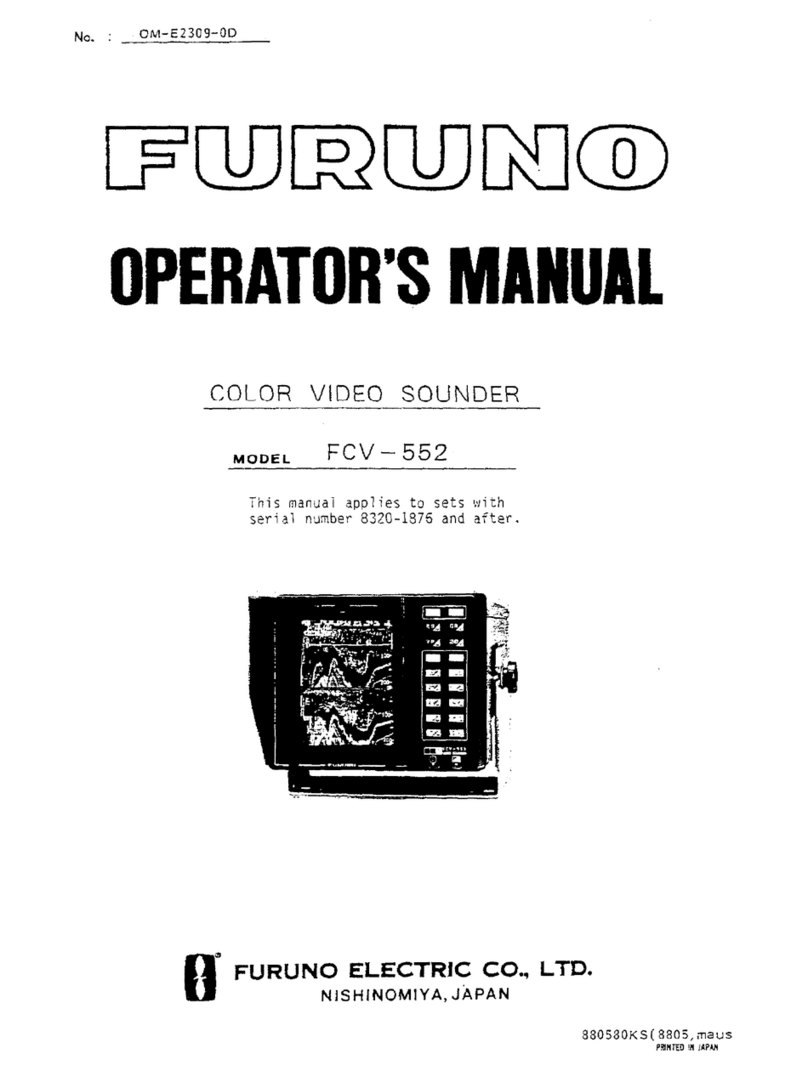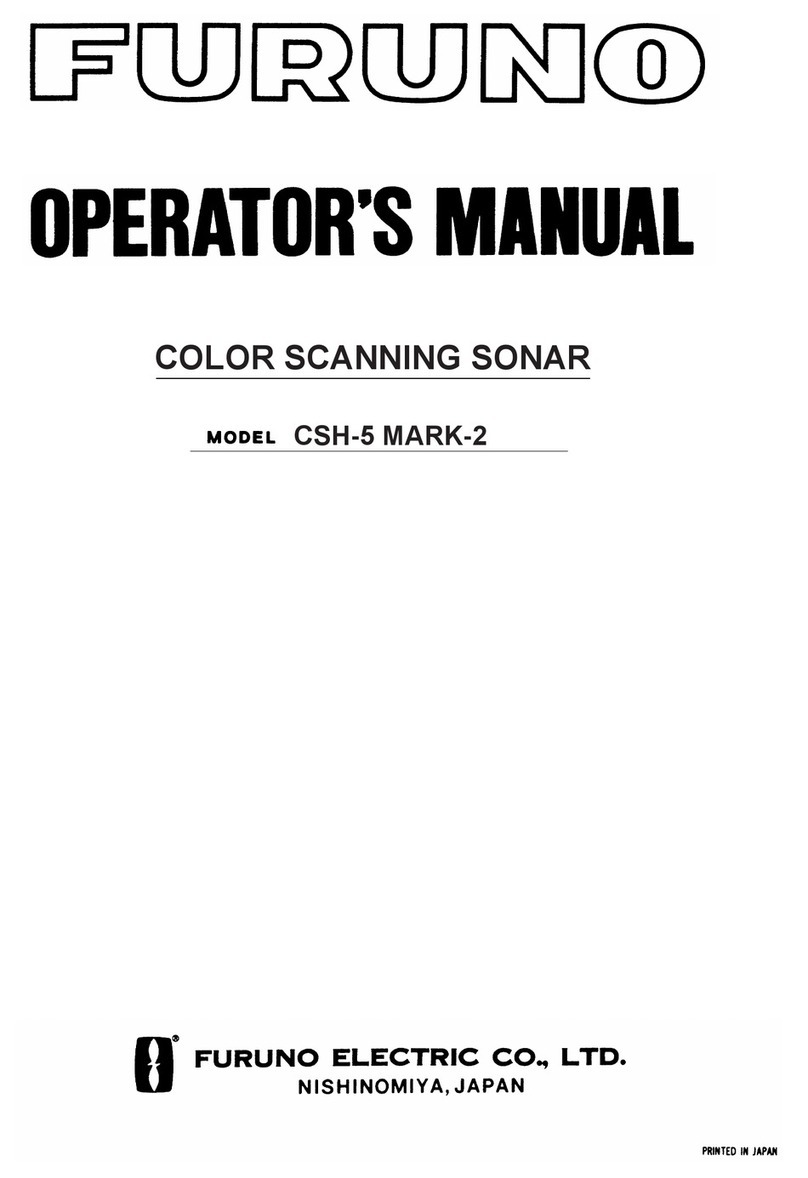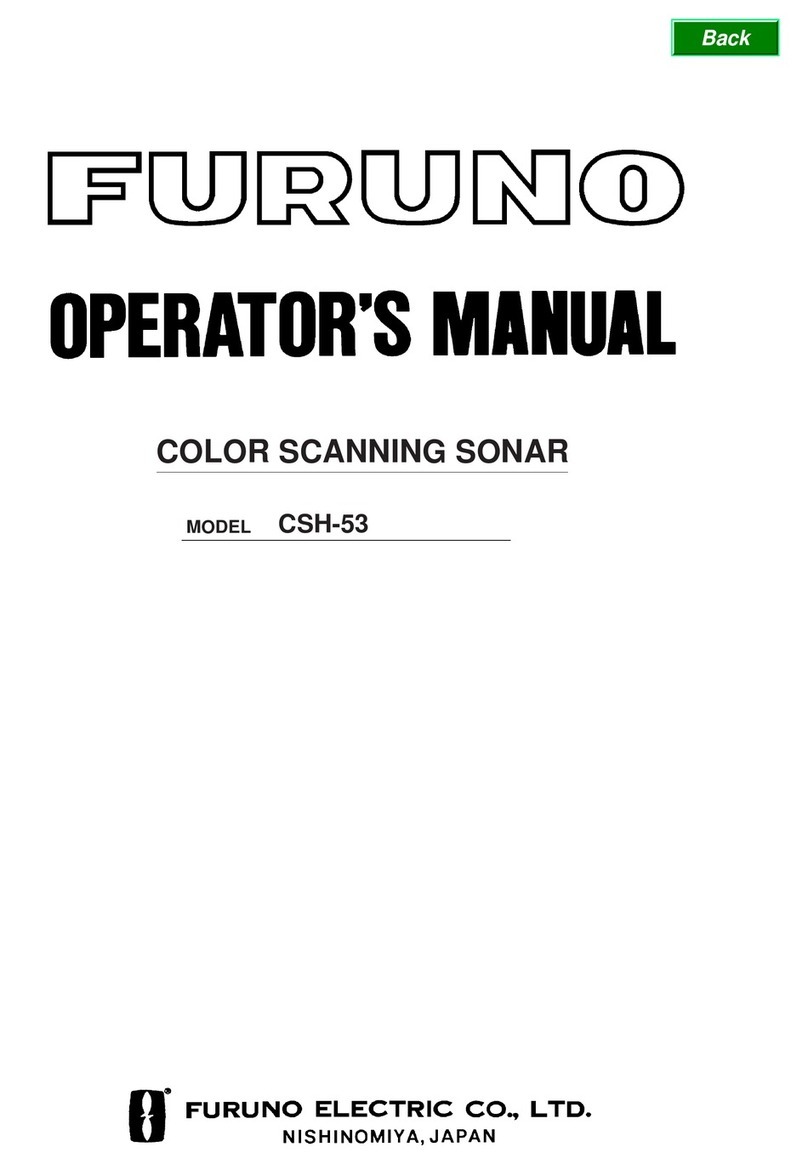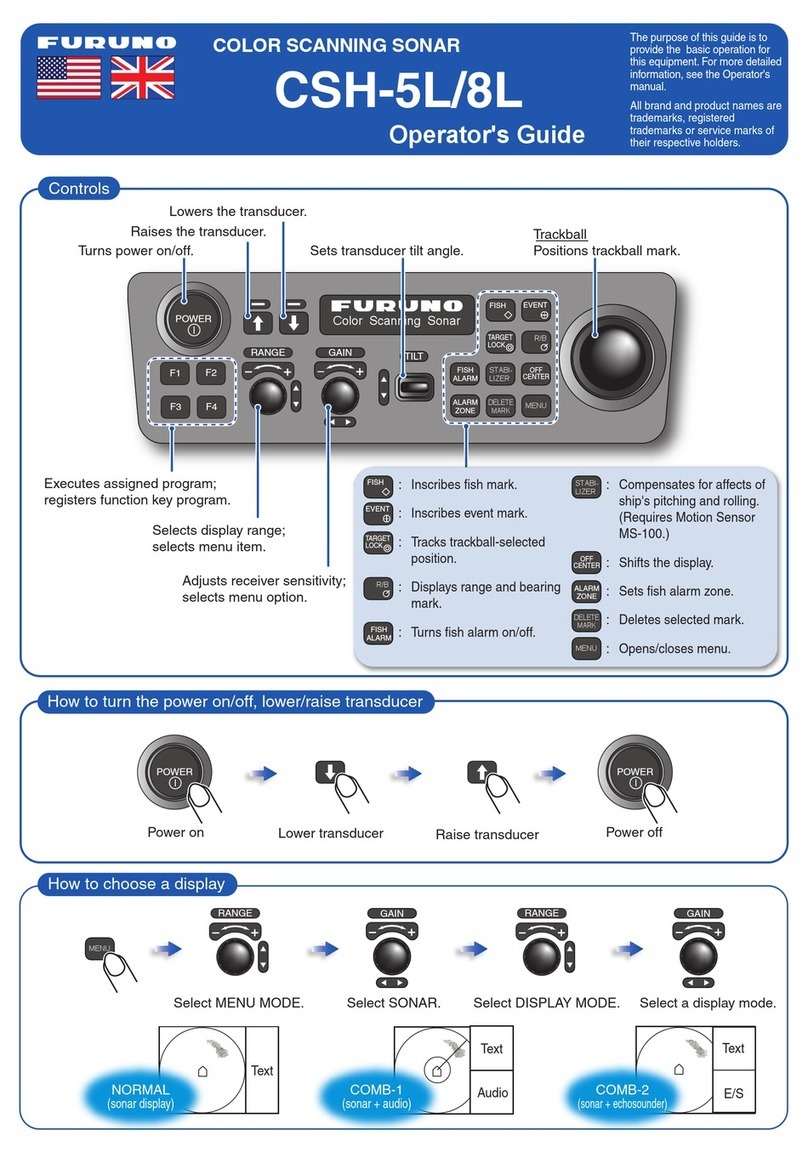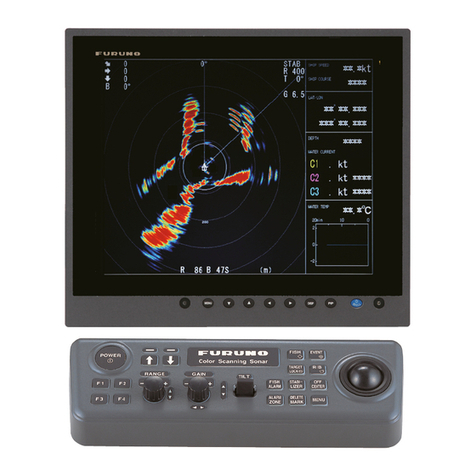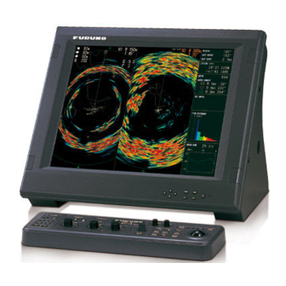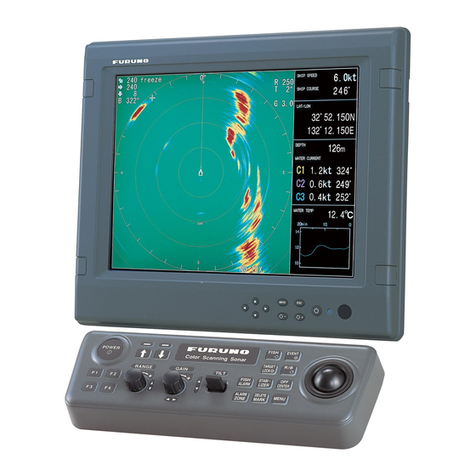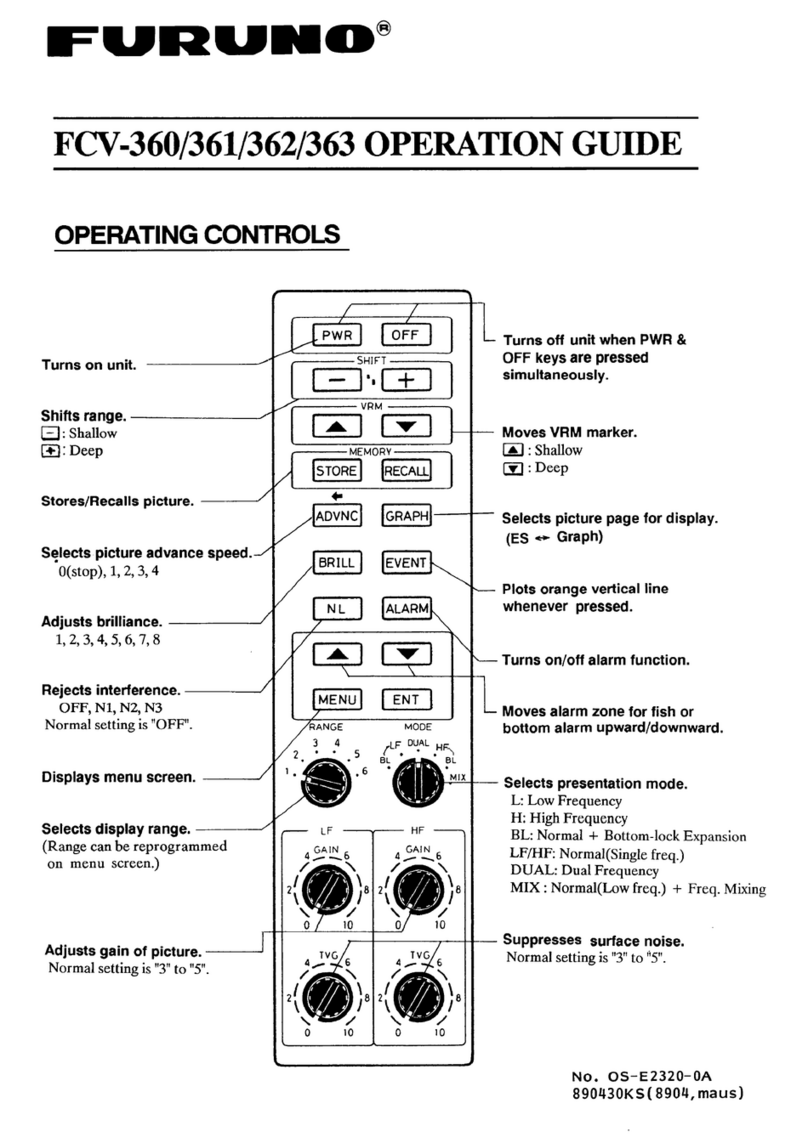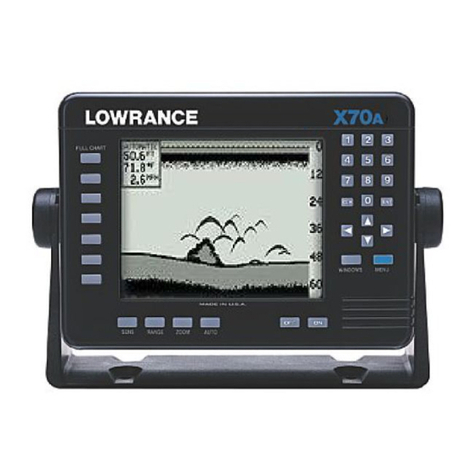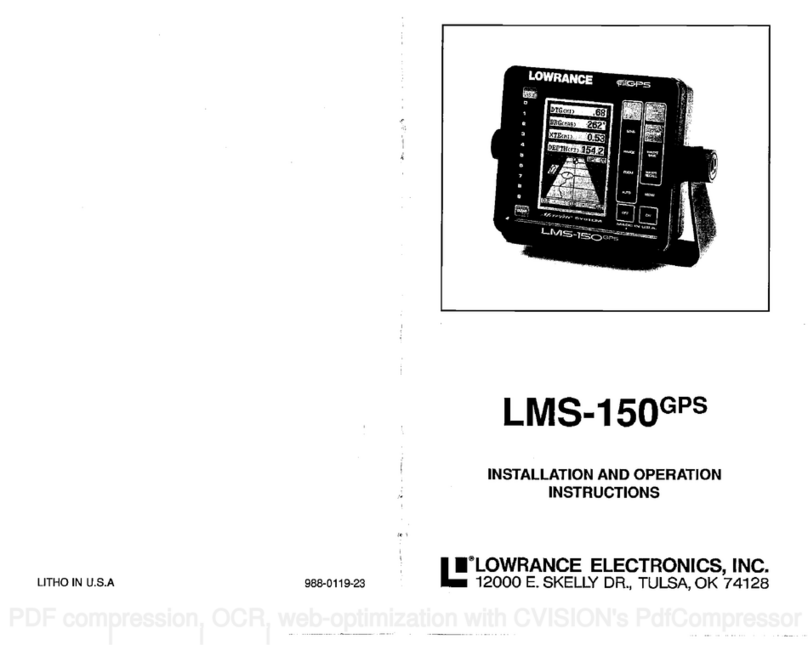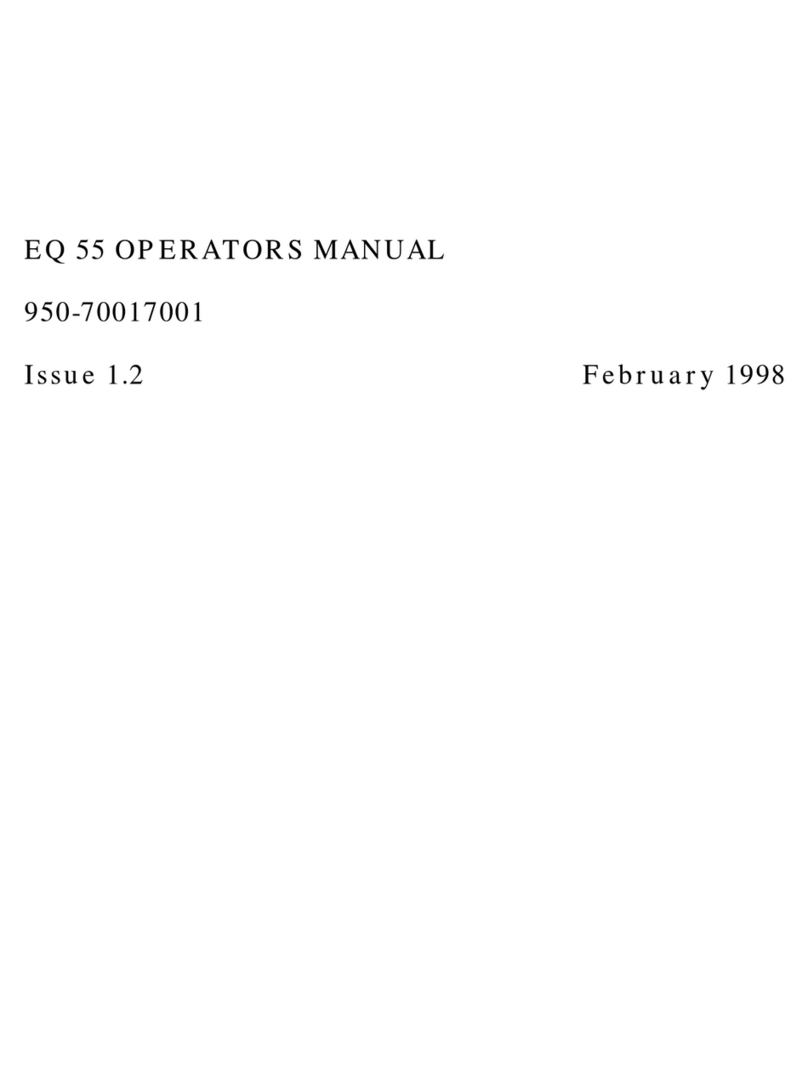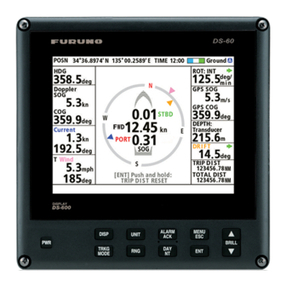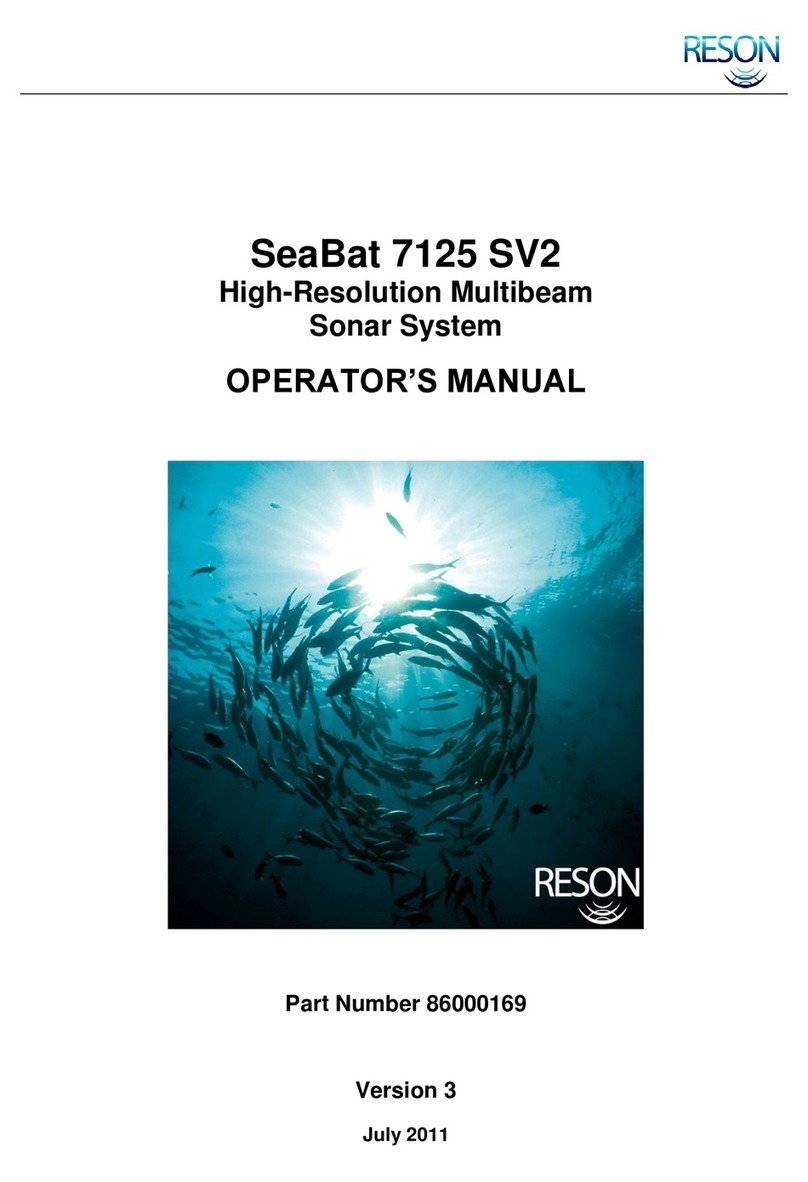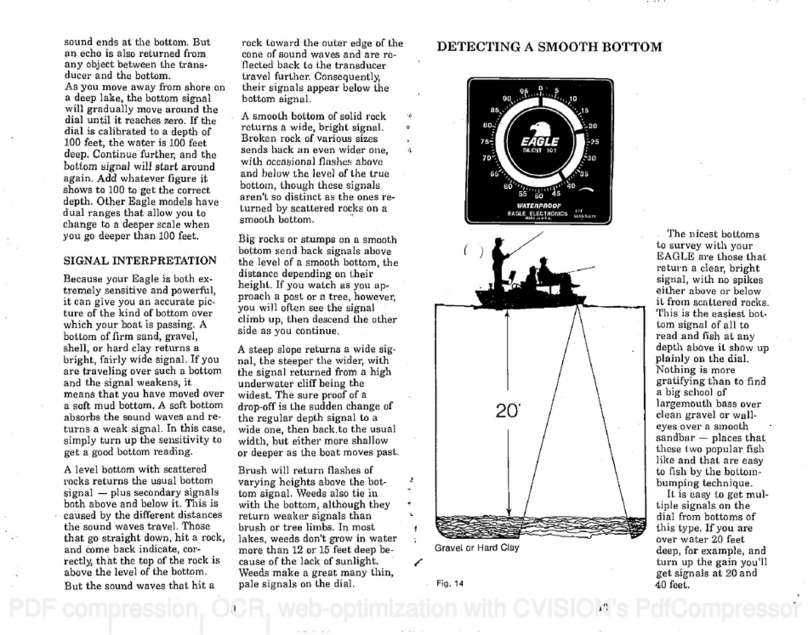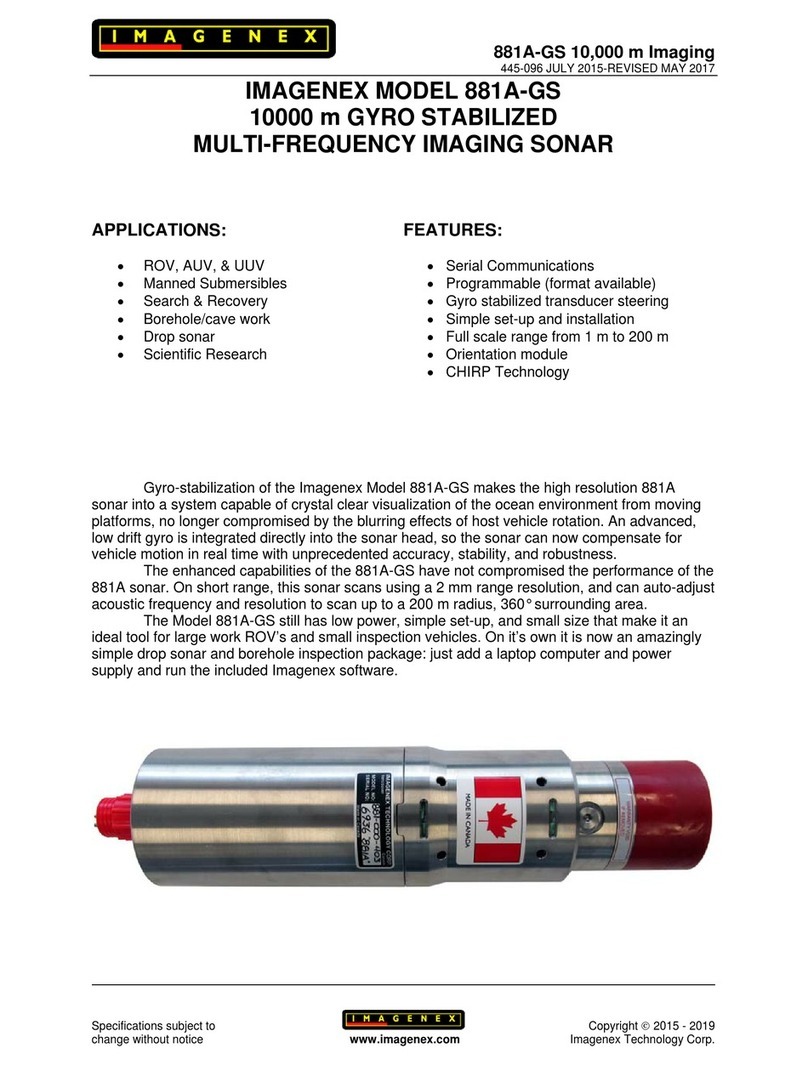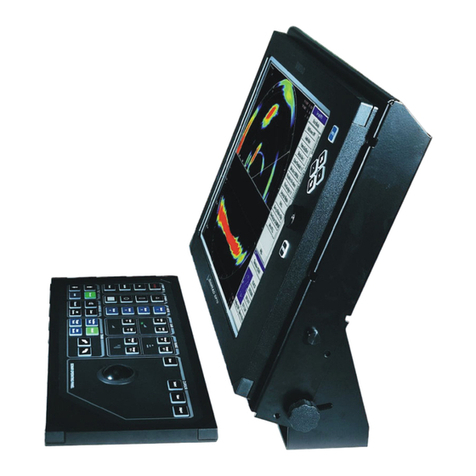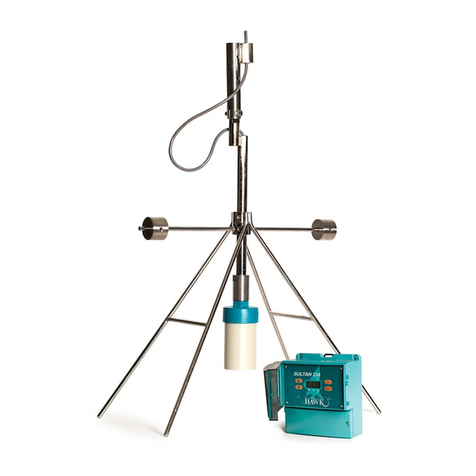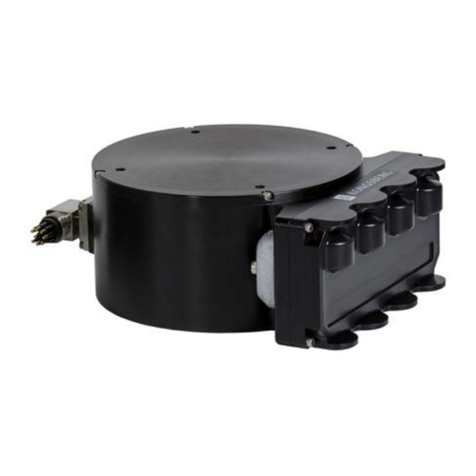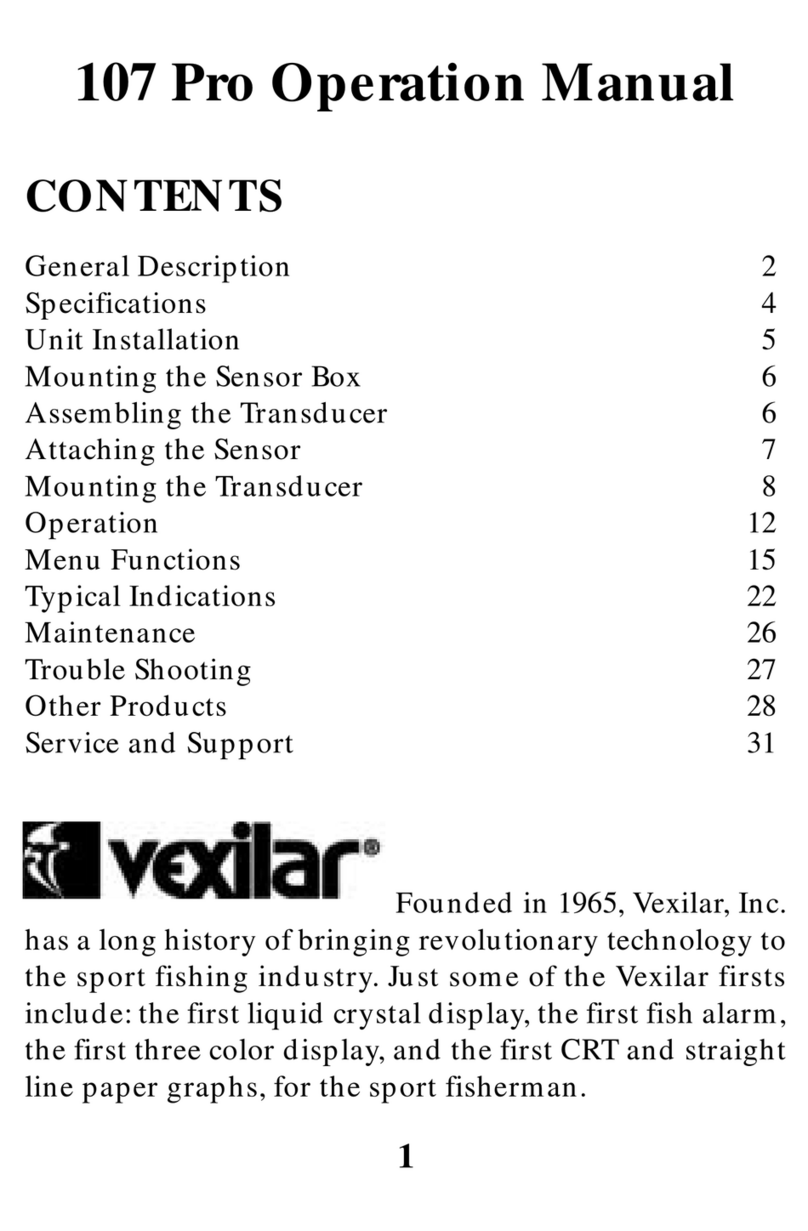3. VERTICAL MODE ......................................................................................... 3-1
3.1 Basic Operating Procedure ............................................................................................... 3-1
3.2 Vertical Mode Concept.......................................................................................................3-2
3.2.1 Overview ............................................................................................................... 3-2
3.2.2 Settinng the vertical display .................................................................................. 3-2
3.3 Vertical Mode Indications and Marks................................................................................. 3-3
3.3.1 Typical vertical display .......................................................................................... 3-3
3.3.2 Vertical bearing mark, tilt mark ............................................................................. 3-4
3.3.3 Trackball mark position reference mark................................................................ 3-5
3.4 Auto train............................................................................................................................ 3-5
3.5 Display Range.................................................................................................................... 3-6
3.6 Measuring the Range ........................................................................................................ 3-6
3.7 Eliminating Weak Echoes .................................................................................................. 3-7
3.8 Suppressing Bottom Tail .................................................................................................... 3-9
3.8.1 AGC.......................................................................................................................3-9
3.8.2 By decreasing pulselength.................................................................................... 3-9
3.8.3 2nd AGC.............................................................................................................. 3-10
3.8.4 Near AGC............................................................................................................ 3-10
3.9 Rejecting Interference and Noise .....................................................................................3-11
3.9.1 Identifying noise source .......................................................................................3-11
3.9.2 Interference rejector.............................................................................................3-11
3.9.3 Noise limiter .........................................................................................................3-11
3.9.4 Shifting Tx frequency .......................................................................................... 3-12
3.9.5 Echo average...................................................................................................... 3-12
3.9.6 Reverberation reduction...................................................................................... 3-12
3.9.7 Suppressing gain of bottom echo ....................................................................... 3-12
3.10 Adjusting Beamwidth ....................................................................................................... 3-13
3.11 Vertical Expansion Display .............................................................................................. 3-14
3.12 OTHERS Menu Overview on the V-SCAN SETTING Menu ........................................... 3-15
3.12.1 Displaying the OTHERS menu ........................................................................... 3-15
3.12.2 OTHERS menu description................................................................................. 3-16
3.13 Application to Bonito and Tuna Fishing ........................................................................... 3-18
3.13.1 Searching ............................................................................................................ 3-18
3.13.2 Tracking............................................................................................................... 3-18
3.13.3 Approaching ........................................................................................................ 3-19
3.13.4 Catching .............................................................................................................. 3-19
4. ECHO SOUNDER MODE..............................................................................4-1
4.1 Basic Operating Procedure ............................................................................................... 4-1
4.2 Typical Echo Sounder Displays......................................................................................... 4-2
4.2.1 Echo sounder 1 display......................................................................................... 4-2
4.2.2 Echo sounder 2 (net recorder or echo sounder) display ...................................... 4-3
4.2.3 Echo sounder combination mode (ES1 + ES2).................................................... 4-4
4.3 Selecting an Echo Sounder Mode..................................................................................... 4-6
4.4 Selecting Display Range.................................................................................................... 4-8
4.5 Adjusting the Gain ........................................................................................................... 4-10
4.6 Picture Advance Speed ....................................................................................................4-11

